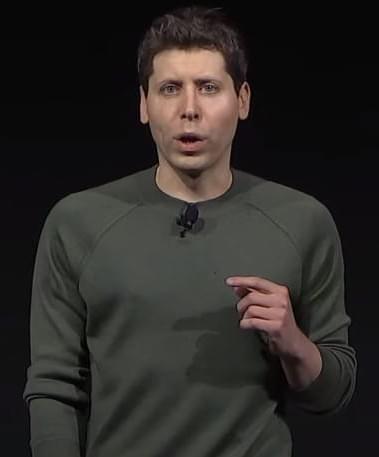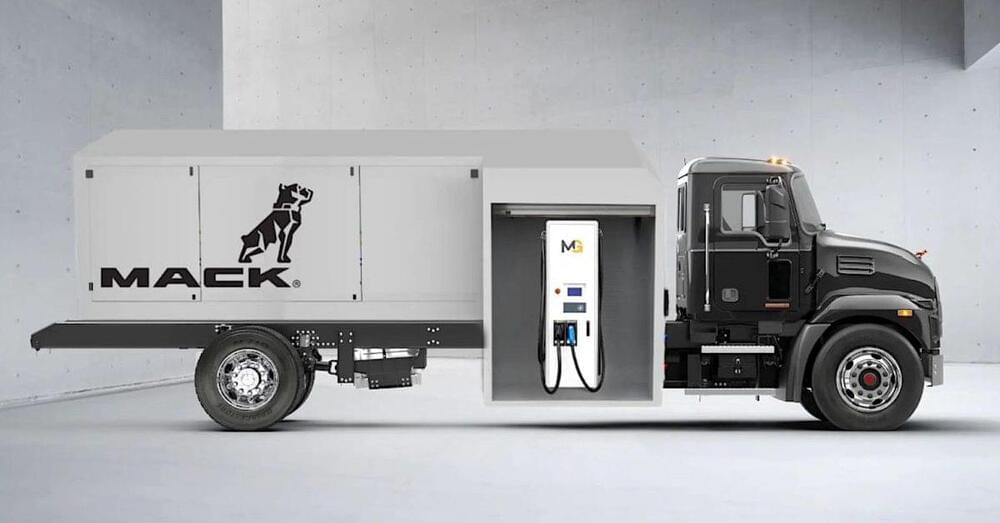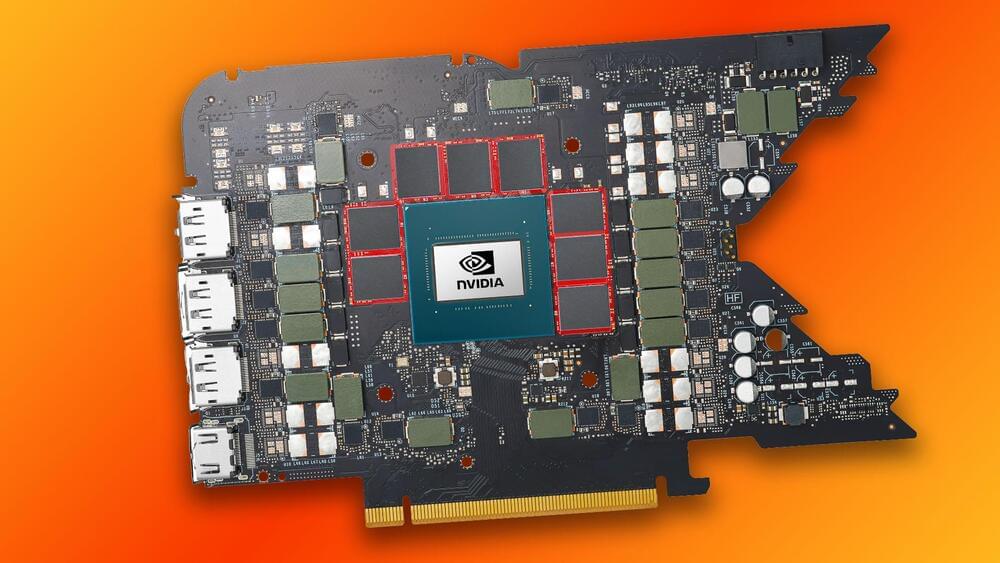OpenAI announced that the generative AI company has officially brought its co-founder and CEO Sam Altman back to its board of directors, several months after a previous board kicked Altman out.




The benefits of fleet electrification are well-known, but the question of feasibility is still very real in the minds of many heavy fleet managers. To help fleets understand how electric trucks can fit into their operations, Mack Trucks is offering a mobile off-grid charging system.
Mack made the announcement earlier this week at the American Trucking Associations Technology and Maintenance Council Annual Meeting, where they showed off renderings of a Mack MD Electric carrying a “renewable propane” powered generator and 120 kW charger. While somewhat clunky as a concept, it should do a reasonable enough job of pretending to be permanent infrastructure to give a fleet manager a sense of whether or not an electric solution will work for them.
“This system will allow the customer or dealer to charge trucks – whether it’s a demo unit or a multi-unit ride-and-drive event at the dealer – without having charging infrastructure readily available at their site,” says Ryan Saba, energy solutions manager for Mack Trucks. “Mack hopes that this option will help customers more easily experience the benefits of e-mobility and a more sustainable transportation option.”

Things are different when you charge your EV from a Level 3 DC fast charger, as there is no need to convert the current from AC. Data to verify how much lower losses are when DC fast-charging isn’t readily available, but they should be about 10 percent.
Our own Tom Moloughney calculated DC fast-charging losses while topping up his Tesla Model 3 a few years back from an Electrify America station and using a CHAdeMO to NACS adapter. He charged the Model 3 from a 7 percent state of charge to 57 percent, which put about 35.5 kWh back into its battery pack, and he calculated that about 3.5 kWh of that were losses. He estimated that had he charged from flat to full, total losses would have been around 7 kWh, or about 10 percent of the vehicle’s usable battery capacity at the time.
If the fast charger in question is designed to run at 800 volts and it charges an 800-volt EV, then losses should be lower, although this needs to be tested and verified before actual loss numbers are presented.

Researchers have discovered a mechanism steering the evolution of multicellular life. They identify how altered protein folding drives multicellular evolution.
In a new study led by researchers from the University of Helsinki and the Georgia Institute of Technology, scientists turned to a tool called experimental evolution. In the ongoing Multicellularity Long Term Evolution Experiment (MuLTEE), laboratory yeast are evolving novel multicellular functions, enabling researchers to investigate how they arise.
The study, published in Science Advances, puts the spotlight on the regulation of proteins in understanding evolution.


A team of scientists from the Korea Advanced Institute of Science and Technology (KAIST) detailed their ‘Complementary-Transformer’ AI chip during the recent 2024 International Solid-State Circuits Conference (ISSCC). The new C-Transformer chip is claimed to be the world’s first ultra-low power AI accelerator chip capable of large language model (LLM) processing.
In a press release, the researchers power-shame Nvidia, claiming that the C-Transformer uses 625 times less power and is 41x smaller than the green team’s A100 Tensor Core GPU. It also reveals that the Samsung fabbed chip’s achievements largely stem from refined neuromorphic computing technology.
Though we are told that the KAIST C-Transformer chip can do the same LLM processing tasks as one of Nvidia’s beefy A100 GPUs, none of the press nor conference materials we have provided any direct comparative performance metrics. That’s a significant statistic, conspicuous by its absence, and the cynical would probably surmise that a performance comparison doesn’t do the C-Transformer any favors.

A Russian state-backed group that Microsoft said hacked into its corporate email accounts was able to gain access to its core software systems, the company announced on Friday.
Microsoft said its security team detected the attack in January and identified the group responsible as Midnight Blizzard, “the Russian state-sponsored actor also known as Nobelium.”
“In recent weeks, we have seen evidence that Midnight Blizzard is using information initially exfiltrated from our corporate email systems to gain, or attempt to gain, unauthorized access,” Microsoft said in a blog post update on Friday. “This has included access to some of the company’s source code repositories and internal systems.”

In this thought-provoking video, we delve into the fascinating concept of AI resurrection and how it is shaping our world in the digital age. \.